About Femoston Tablets
Femoston is a type of treatment called hormone replacement therapy (HRT). It contains the hormones estradiol and dydrogesterone. This medicine helps to relieve the discomfort many women feel during and after the menopause. It also helps to prevent thinning of the bones (osteoporosis), which can cause fractures.
What is Femoston?
How does it work?
The active ingredient, synthetic 17β-estradiol, is chemically and biologically identical to endogenous human estradiol. It replaces the loss of estrogen production in menopausal women and alleviates the symptoms of menopause. Estrogens prevent bone loss after menopause or ovariectomy.
Dydrogesterone is an orally active progestogen that has comparable activity to parenterally administered progesterone.
Because estrogens promote endometrial growth, unopposed estrogens increase the risk of endometrial hyperplasia and cancer. Adding a progestogen greatly reduces the estrogen-induced risk of endometrial hyperplasia in women who have not had a hysterectomy.
What are the benefits of taking it?
Femoston is a hormone replacement therapy (HRT), also called hormone therapy (HT), for women. It contains two active ingredients: estradiol and dydrogesterone. These are forms of the main female sex hormones, estrogen, and progestogen. Femoston is used to relieve menopausal symptoms and is a prescription-only medication.
Women’s ovaries produce less and less estrogen until and after menopause. A drop in estrogen levels can cause bothersome physical and psychological symptoms, including:
- Hot flushes
- Night sweats
- Dry mucous membranes (eyes, vagina, or mouth)
- Irritability, depression, or anxiety
- Insomnia
- Loss of libido (sexual desire)
- Pain during sexual intercourse
- Osteoporosis (decrease in bone mass and density).
How do I use it and its dosage?
Always use the Femoston HRT tablets exactly as your doctor has told you. If in doubt, ask your doctor or pharmacist.
When to start taking Femoston
Do not start taking HRT tablets (Femoston) until at least 12 months have passed after your last natural period.
You can start taking estradiol/dydrogesterone any day if:
You are not currently taking any other HRT products.
You are switching from a “combined continuous” HRT product. That is, when you take a tablet or put on a patch each day that contains an estrogen and a progestogen.
You can start taking estradiol/dydrogesterone the day after the end of the 28-day cycle if:
You are changing from a “cyclic” or “sequential” HRT product. That is, when you take a tablet or put on an estrogen-containing patch for the first part of your cycle. Then take a tablet or patch that contains an estrogen and a progestogen for up to 14 days.
How to take this medicine
Swallow the tablet whole with water. You can take the tablet with or without food. Try to take the tablet every day at the same time. This will ensure that there is a constant amount of the product in your body, and will also help you remember to take the tablets. Take one tablet each day, with no rest between packages. The blisters are marked with the days of the week, making it easier for you to remember when to take the tablets.
How much to take
The doctor will try to prescribe the minimum dose to treat your symptoms for the shortest time necessary. Consult your doctor if you think the dose is too strong or not enough. If you are taking this medicine to prevent osteoporosis, the doctor will adjust the dose according to your needs based on your bone mass. Take one salmon-colored tablet daily for a 28-day cycle.
Side effects & precautions
Like all medicines, this HRT medication can cause side effects, although not everybody gets them. The following diseases have been reported more frequently in women taking HRT compared to women not taking them:
- Breast cancer
- Abnormal growth of the lining of the uterus or uterine cancer (endometrial hyperplasia or cancer)
- Ovarian cancer
- Blood clots in the veins of the legs or lungs (venous thromboembolism)
- Heart disease
- Ictus
- Probable memory loss if HRT is started over 65 years
The following side effects may occur with this medicine:
Very common (may affect more than 1 in 10 patients):
- Headache
- Abdominal pain
- Back pain
- Tenderness or pain in the breasts
Common (may affect 1 out of 10 patients):
- Vaginal yeast infection (a vaginal infection due to a fungus called Candida albicans)
- Depression, nervousness
- If you have a migraine headache for the first time, stop taking this medicine and see a doctor immediately.
- Dizziness
- Nausea, vomiting, bloating of the abdomen, flatulence
- Allergic skin reactions (such as rash, severe itching [itching], or hives)
- Menstrual disorders such as irregular bleeding, spotting, painful periods (dysmenorrhea), more or less heavy bleeding
- Pelvic pain
- Vaginal discharge
- Weakness, tiredness, or discomfort
- Swelling of the ankles, feet, or fingers (peripheral edema)
- Weight gain
Uncommon (may affect 1 in 100 patients):
- Pseudocystitis syndrome
- Neoplasms of the uterus (fibroids) get bigger
- Hypersensitivity reactions such as dyspnea (allergic asthma)
- Change of sexual desire
- Blood clots in the legs or lungs (venous thromboembolism or pulmonary embolism)
- Arterial hypertension
- Circulatory problems (peripheral vascular disease)
- Varicose veins
- Dyspepsia
- Liver disorders, sometimes with yellowing of the skin (jaundice), the feeling of weakness (asthenia) or general malaise, and abdominal pain. If you notice a yellowing of the skin or the whites of the eyes, stop taking this medicine and consult a doctor immediately.
- Gallbladder disease
- Swollen breasts
- Premenstrual syndrome
- Weight loss
Rare (may affect 1 in 1,000 patients):
- Disease resulting from destruction of red blood cells (hemolytic anemia)
- Meningioma (a brain tumor)
- Changes in the surface of the eye (increased corneal curvature), not being able to put on contact lenses (intolerance to contact lenses)
- Heart attack (myocardial infarction)
- Ictus
- Swelling of the skin around the face and throat. This can cause shortness of breath (angioedema)
- Purple spots or spots on the skin (vascular purpura)
- Red, painful skin nodules (erythema nodosum), skin discoloration especially on the face or neck known as “pregnancy spots” (chloasma or melasma)
- Leg cramps
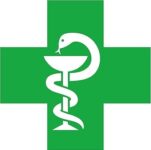


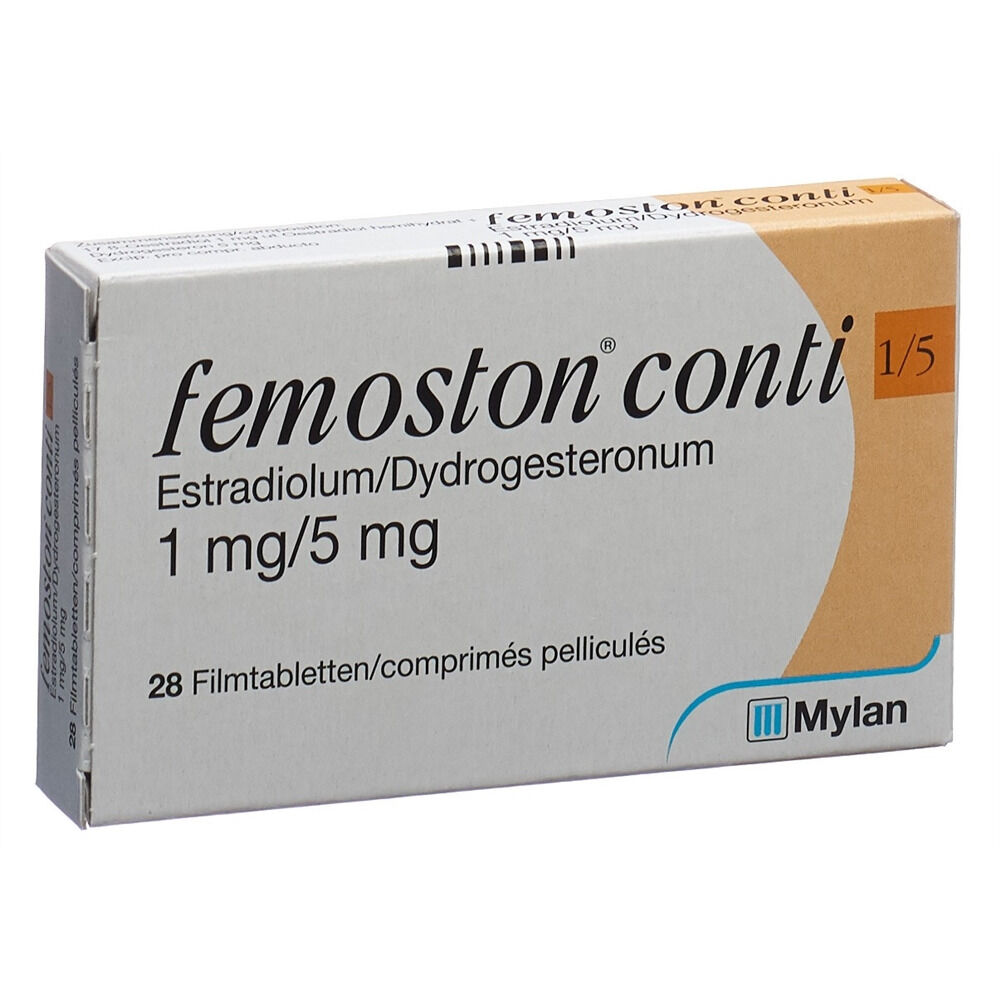
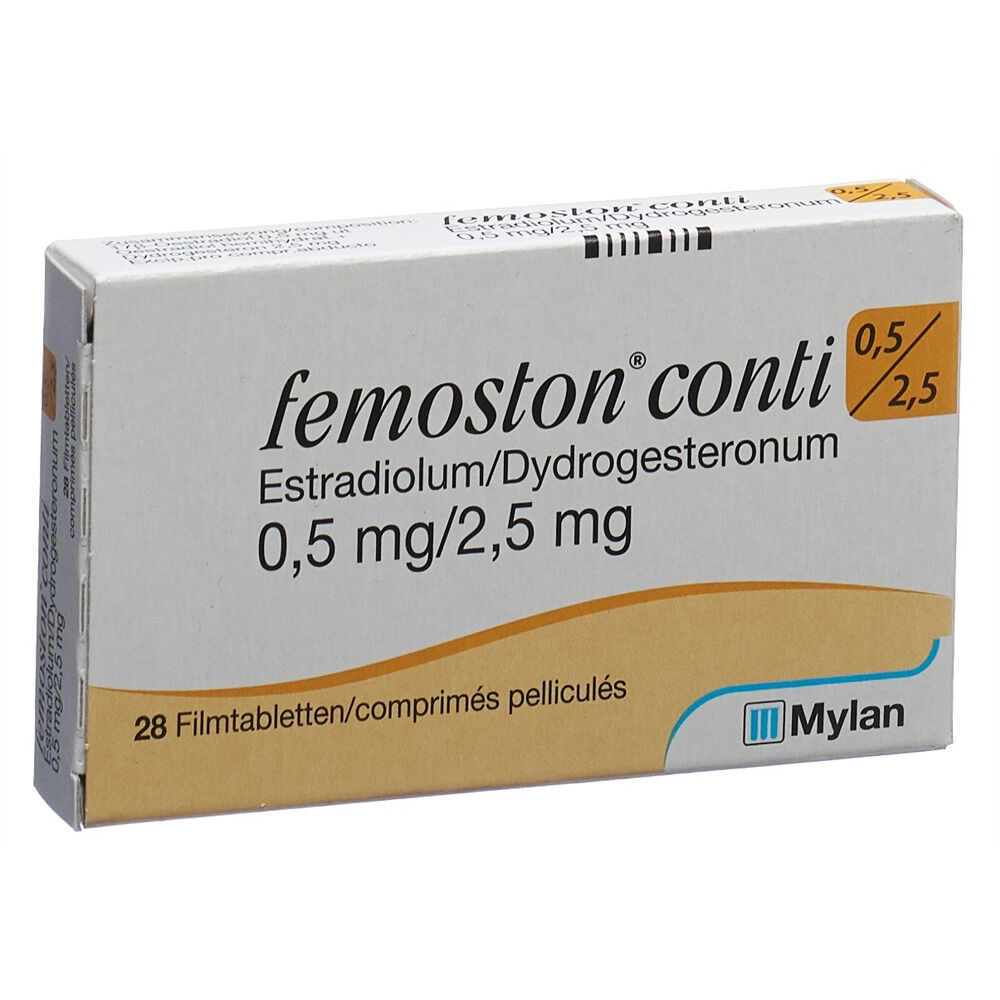
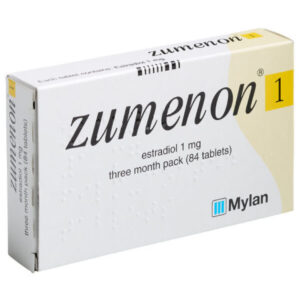
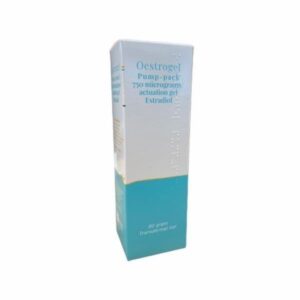

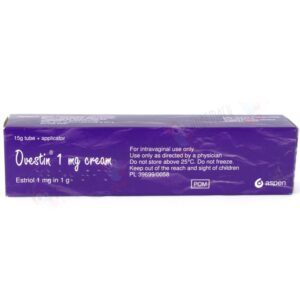
Reviews
There are no reviews yet.